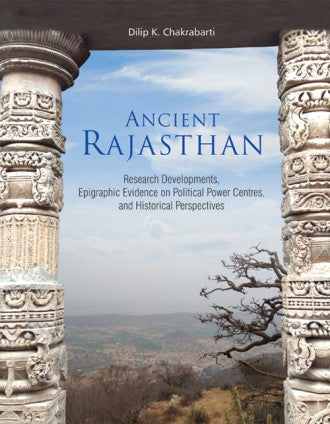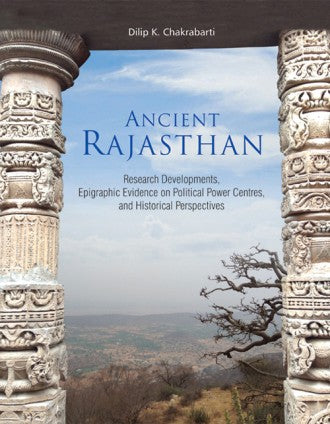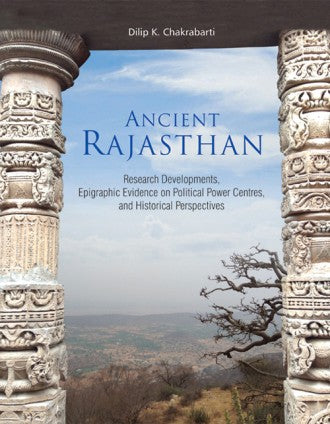ANCIENT RAJASTHAN: Research Development, Epigraphic Evidence on Political Power Centres, and Historical Perspectives
ANCIENT RAJASTHAN: Research Development, Epigraphic Evidence on Political Power Centres, and Historical Perspectives is backordered and will ship as soon as it is back in stock.
Couldn't load pickup availability
Genuine Products Guarantee
Genuine Products Guarantee
We guarantee 100% genuine products, and if proven otherwise, we will compensate you with 10 times the product's cost.
Delivery and Shipping
Delivery and Shipping
Products are generally ready for dispatch within 1 day and typically reach you in 3 to 5 days.
- Type: English
- Pages: xiv + 226
- Format: Hard Bound
- ISBN: 9788173056260
- Edition: 1st Edition
- Publisher: Aryan Books International
- Size: 22 cm x 28 cm
- Product Year: 2019
This volume begins by offering a detailed review of the major stages and character of ancient historical research in Rajasthan till c.1950, highlighting the way in which this research had distinguishing features of its own and how James Tod played a stellar role in the process of establishing Rajasthan as a distinct field of scholarly enquiry. In the next part, the problem has been to understand the location of the Asokan centre of Bairat in relation to its links both with Delhi where a Minor Rock Edict is located and with Ujjain in western Malwa from where the route to the Deccan is fairly open. The fact that a section of the Deccan routes was reaching Bairat in Alwar, and through Bairat, Delhi is an important point in the study of ancient Indian historical geography. The volume then takes up the issue of the ancient political power centres of the region on the basis of the surviving inscriptions. While doing so, the volume examines some geographical and commercial points in the early gazetteers of Rajputana and also establishes the premise that the Aravalli region was an independent area of both food-production and copper metallurgy. The inscriptions are then subjected to close scrutiny with attention to some of the terms commonly used in this context – 'feudalism', 'origin of Rajputs', 'early mediaeval' and 'state formation'. The inscriptional data is examined both in the light of their basic geography and history and show the inadequacy and illogicality of these terms to explain Rajasthan's history.





